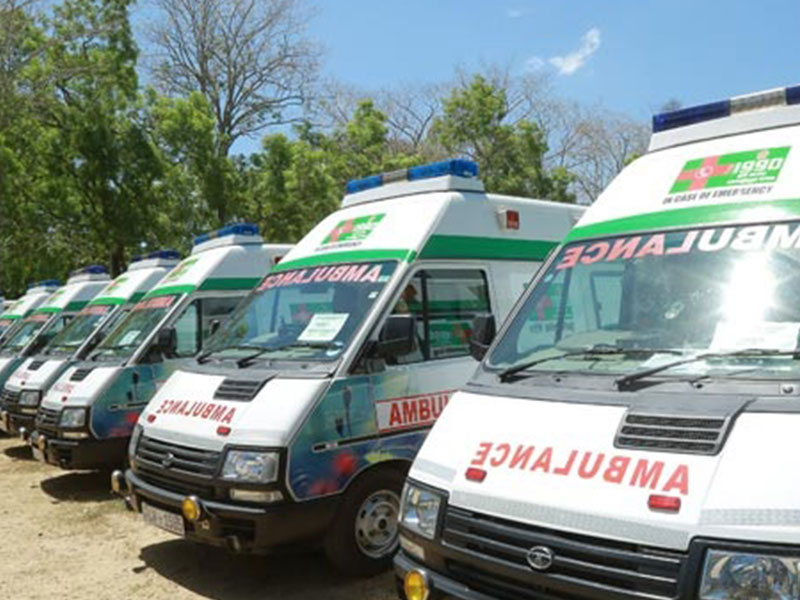In a groundbreaking leap forward for emergency care, Sri Lanka’s national ambulance service, 1990 Suwa Seriya, has unveiled a revolutionary vehicle: the AI and mixed reality-powered connected ambulance. This technological marvel marks a new era in pre-hospital medical intervention, promising faster response times, enhanced patient care, and a streamlined approach to managing critical situations.
A Symphony of Technologies:
The connected ambulance is more than just a vehicle; it’s a mobile command center pulsating with cutting-edge technology. Mediwave, a Singaporean health tech powerhouse, equips the ambulance with its Emergency Response Suite, a digital orchestra of life-saving tools. An AI-powered speech-to-text transcriber ensures smooth documentation, while the Internet of Medical Things (IoMT) gathers real-time vital signs, creating a detailed digital picture of the patient’s condition. But the true magic lies in the realm of mixed reality. Microsoft HoloLens, an augmented reality headset, empowers paramedics with real-time guidance and instructions overlaid on their vision. Imagine visualizing optimal treatment protocols or receiving holographic consultations from specialists miles away, all while speeding towards the hospital.
Beyond Speed: Redefining Emergency Care:
The impact of this technological infusion extends far beyond mere speed. Emergency Medical Technicians (EMTs) have undergone rigorous AR simulation training, honing their skills before facing real-world emergencies. Remote consultations allow specialists to provide critical expertise during the “golden hour,” the crucial timeframe following an injury or illness when the chances of survival are highest. This seamless flow of information and expertise empowers EMTs to deliver advanced care en route, potentially saving lives that would have been lost before reaching the hospital.
Benchmarking Excellence: Exceeding Expectations:
The results are already speaking volumes. Equipped with these tools, 1990 Suwa Seriya EMTs have achieved a remarkable average response time of 11 minutes and 38 seconds, “surpassing some developed countries,” as reported by Mediwave. This figure stands tall against the World Health Organization’s ideal target of less than eight minutes and even outperforms standards set in urban areas of the United States.







